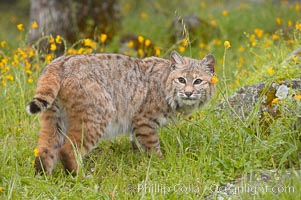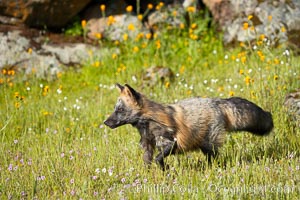
Cross fox, Sierra Nevada foothills, Mariposa, California. The cross fox is a color variation of the red fox.
Species: Red fox, Vulpes vulpes
Image ID: 15958
Species: Red fox, Vulpes vulpes
Image ID: 15958
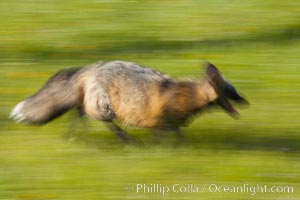
Cross fox, Sierra Nevada foothills, Mariposa, California. The cross fox is a color variation of the red fox.
Species: Red fox, Vulpes vulpes
Image ID: 15959
Species: Red fox, Vulpes vulpes
Image ID: 15959
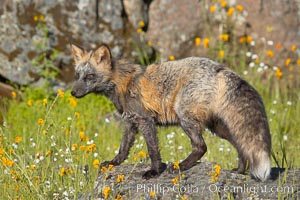
Cross fox, Sierra Nevada foothills, Mariposa, California. The cross fox is a color variation of the red fox.
Species: Red fox, Vulpes vulpes
Image ID: 15961
Species: Red fox, Vulpes vulpes
Image ID: 15961
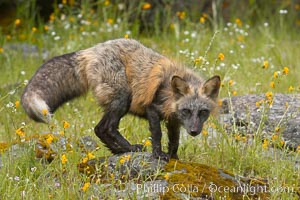
Cross fox, Sierra Nevada foothills, Mariposa, California. The cross fox is a color variation of the red fox.
Species: Red fox, Vulpes vulpes
Image ID: 15962
Species: Red fox, Vulpes vulpes
Image ID: 15962
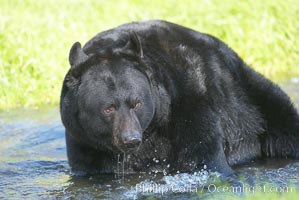
American black bear, adult male, Sierra Nevada foothills, Mariposa, California.
Species: American black bear, Ursus americanus
Image ID: 15981
Species: American black bear, Ursus americanus
Image ID: 15981
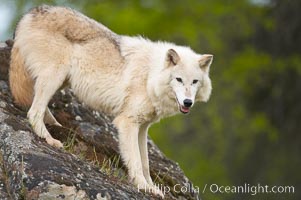
Gray wolf, Sierra Nevada foothills, Mariposa, California.
Species: Gray wolf, Canis lupus
Image ID: 16024
Species: Gray wolf, Canis lupus
Image ID: 16024
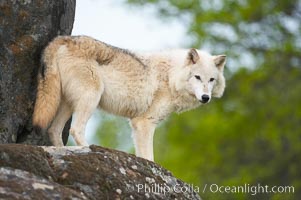
Gray wolf, Sierra Nevada foothills, Mariposa, California.
Species: Gray wolf, Canis lupus
Image ID: 16042
Species: Gray wolf, Canis lupus
Image ID: 16042
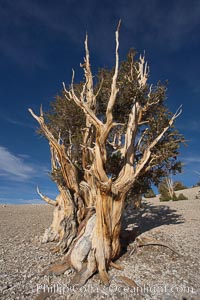
Bristlecone pine rising above the arid, dolomite-rich slopes of the White Mountains at 11000-foot elevation. Patriarch Grove, Ancient Bristlecone Pine Forest.
Species: Bristlecone pine, Pinus longaeva
Location: White Mountains, Inyo National Forest, California
Image ID: 17476
Species: Bristlecone pine, Pinus longaeva
Location: White Mountains, Inyo National Forest, California
Image ID: 17476
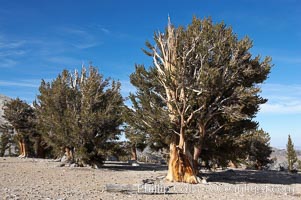
Bristlecone pines rising above the arid, dolomite-rich slopes of the White Mountains at 11000-foot elevation. Patriarch Grove, Ancient Bristlecone Pine Forest.
Species: Bristlecone pine, Pinus longaeva
Location: White Mountains, Inyo National Forest, California
Image ID: 17478
Species: Bristlecone pine, Pinus longaeva
Location: White Mountains, Inyo National Forest, California
Image ID: 17478
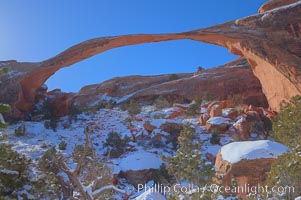
Landscape Arch in winter. Landscape Arch has an amazing 306-foot span.
Location: Landscape Arch, Arches National Park, Utah
Image ID: 18115
Location: Landscape Arch, Arches National Park, Utah
Image ID: 18115
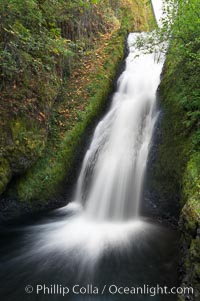
Bridal Veil Falls, a 140 foot fall in the Columbia River Gorge, is not to be confused with the more famous Bridalveil Falls in Yosemite National Park.
Location: Bridal Veil Falls, Columbia River Gorge National Scenic Area, Oregon
Image ID: 19330
Location: Bridal Veil Falls, Columbia River Gorge National Scenic Area, Oregon
Image ID: 19330
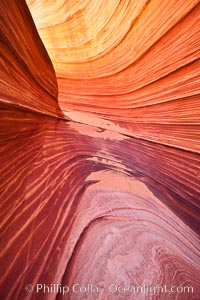
The Wave, an area of fantastic eroded sandstone featuring beautiful swirls, wild colors, countless striations, and bizarre shapes set amidst the dramatic surrounding North Coyote Buttes of Arizona and Utah. The sandstone formations of the North Coyote Buttes, including the Wave, date from the Jurassic period. Managed by the Bureau of Land Management, the Wave is located in the Paria Canyon-Vermilion Cliffs Wilderness and is accessible on foot by permit only.
Location: North Coyote Buttes, Paria Canyon-Vermilion Cliffs Wilderness, Arizona
Image ID: 20609
Location: North Coyote Buttes, Paria Canyon-Vermilion Cliffs Wilderness, Arizona
Image ID: 20609
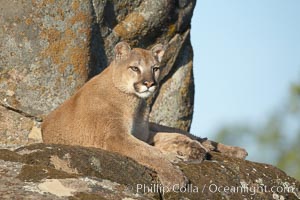
Mountain lion, Sierra Nevada foothills, Mariposa, California.
Species: Mountain lion, Puma concolor
Image ID: 15793
Species: Mountain lion, Puma concolor
Image ID: 15793
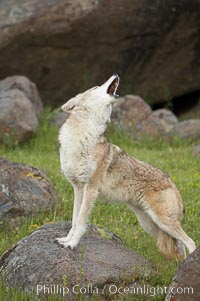
Coyote, Sierra Nevada foothills, Mariposa, California.
Species: Coyote, Canis latrans
Image ID: 15873
Species: Coyote, Canis latrans
Image ID: 15873

Cross fox, Sierra Nevada foothills, Mariposa, California. The cross fox is a color variation of the red fox.
Species: Red fox, Vulpes vulpes
Image ID: 15955
Species: Red fox, Vulpes vulpes
Image ID: 15955
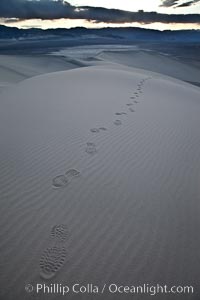
Footprints in the sand, Eureka Dunes. The Eureka Valley Sand Dunes are California's tallest sand dunes, and one of the tallest in the United States. Rising 680' above the floor of the Eureka Valley, the Eureka sand dunes are home to several endangered species, as well as "singing sand" that makes strange sounds when it shifts. Located in the remote northern portion of Death Valley National Park, the Eureka Dunes see very few visitors.
Location: Eureka Dunes, Death Valley National Park, California
Image ID: 25271
Location: Eureka Dunes, Death Valley National Park, California
Image ID: 25271
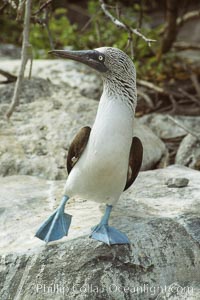
Blue-footed booby, courtship display, Punta Suarez.
Species: Blue-footed booby, Sula nebouxii
Location: Hood Island, Galapagos Islands, Ecuador
Image ID: 01797
Species: Blue-footed booby, Sula nebouxii
Location: Hood Island, Galapagos Islands, Ecuador
Image ID: 01797
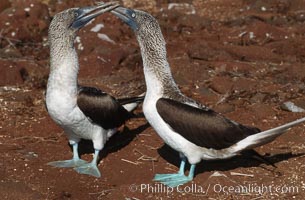
Blue-footed booby, courtship display.
Species: Blue-footed booby, Sula nebouxii
Location: North Seymour Island, Galapagos Islands, Ecuador
Image ID: 01791
Species: Blue-footed booby, Sula nebouxii
Location: North Seymour Island, Galapagos Islands, Ecuador
Image ID: 01791
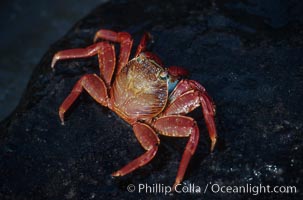
Sally Lightfoot crab.
Species: Sally lightfoot crab, Grapsus grapsus
Location: Galapagos Islands, Ecuador
Image ID: 01896
Species: Sally lightfoot crab, Grapsus grapsus
Location: Galapagos Islands, Ecuador
Image ID: 01896
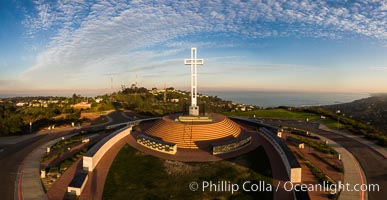
Sunrise over The Mount Soledad Cross, a landmark in La Jolla, California. The Mount Soledad Cross is a 29-foot-tall cross erected in 1954. Aerial photo.
Location: La Jolla, California
Image ID: 38125
Location: La Jolla, California
Image ID: 38125
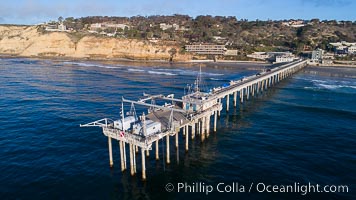
Aerial Photo of Scripps Pier. SIO Pier. The Scripps Institution of Oceanography research pier is 1090 feet long and was built of reinforced concrete in 1988, replacing the original wooden pier built in 1915. The Scripps Pier is home to a variety of sensing equipment above and below water that collects various oceanographic data. The Scripps research diving facility is located at the foot of the pier. Fresh seawater is pumped from the pier to the many tanks and facilities of SIO, including the Birch Aquarium. The Scripps Pier is named in honor of Ellen Browning Scripps, the most significant donor and benefactor of the Institution.
Location: Scripps Institution of Oceanography, La Jolla, California
Image ID: 38231
Location: Scripps Institution of Oceanography, La Jolla, California
Image ID: 38231
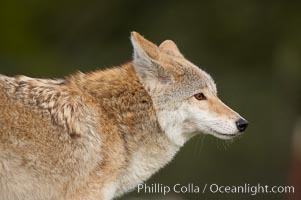
Coyote, Sierra Nevada foothills, Mariposa, California.
Species: Coyote, Canis latrans
Image ID: 15870
Species: Coyote, Canis latrans
Image ID: 15870
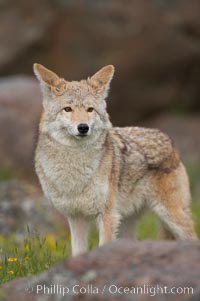
Coyote, Sierra Nevada foothills, Mariposa, California.
Species: Coyote, Canis latrans
Image ID: 15872
Species: Coyote, Canis latrans
Image ID: 15872
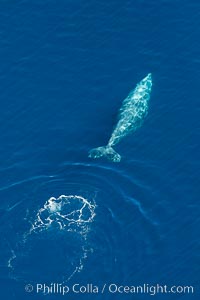
Gray whale diving below the ocean surface, leaving a footprint in its wake. Aerial photo.
Species: Gray whale, Eschrichtius robustus
Location: Encinitas, California
Image ID: 29037
Species: Gray whale, Eschrichtius robustus
Location: Encinitas, California
Image ID: 29037
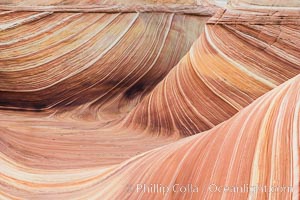
The Wave in the North Coyote Buttes, an area of fantastic eroded sandstone featuring beautiful swirls, wild colors, countless striations, and bizarre shapes set amidst the dramatic surrounding North Coyote Buttes of Arizona and Utah. The sandstone formations of the North Coyote Buttes, including the Wave, date from the Jurassic period. Managed by the Bureau of Land Management, the Wave is located in the Paria Canyon-Vermilion Cliffs Wilderness and is accessible on foot by permit only.
Location: North Coyote Buttes, Paria Canyon-Vermilion Cliffs Wilderness, Arizona
Image ID: 28609
Location: North Coyote Buttes, Paria Canyon-Vermilion Cliffs Wilderness, Arizona
Image ID: 28609
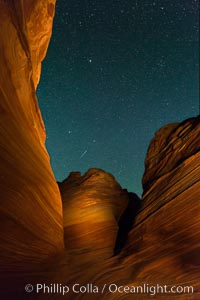
The Wave at Night, under a clear night sky full of stars. The Wave, an area of fantastic eroded sandstone featuring beautiful swirls, wild colors, countless striations, and bizarre shapes set amidst the dramatic surrounding North Coyote Buttes of Arizona and Utah. The sandstone formations of the North Coyote Buttes, including the Wave, date from the Jurassic period. Managed by the Bureau of Land Management, the Wave is located in the Paria Canyon-Vermilion Cliffs Wilderness and is accessible on foot by permit only.
Location: North Coyote Buttes, Paria Canyon-Vermilion Cliffs Wilderness, Arizona
Image ID: 28624
Location: North Coyote Buttes, Paria Canyon-Vermilion Cliffs Wilderness, Arizona
Image ID: 28624
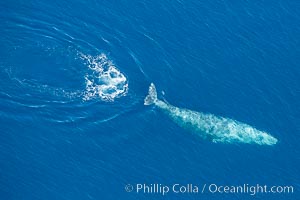
Gray whale diving below the ocean surface, leaving a footprint in its wake. Aerial photo.
Species: Gray whale, Eschrichtius robustus
Location: Encinitas, California
Image ID: 29038
Species: Gray whale, Eschrichtius robustus
Location: Encinitas, California
Image ID: 29038
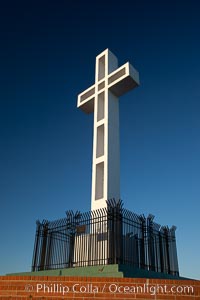
The Mount Soledad Cross, a landmark in La Jolla, California. The Mount Soledad Cross is a 29-foot-tall cross erected in 1954.
Location: La Jolla, California
Image ID: 26548
Location: La Jolla, California
Image ID: 26548
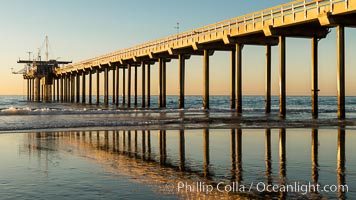
SIO Pier. The Scripps Institution of Oceanography research pier is 1090 feet long and was built of reinforced concrete in 1988, replacing the original wooden pier built in 1915. The Scripps Pier is home to a variety of sensing equipment above and below water that collects various oceanographic data. The Scripps research diving facility is located at the foot of the pier. Fresh seawater is pumped from the pier to the many tanks and facilities of SIO, including the Birch Aquarium. The Scripps Pier is named in honor of Ellen Browning Scripps, the most significant donor and benefactor of the Institution.
Location: Scripps Institution of Oceanography, La Jolla, California
Image ID: 36558
Location: Scripps Institution of Oceanography, La Jolla, California
Image ID: 36558
